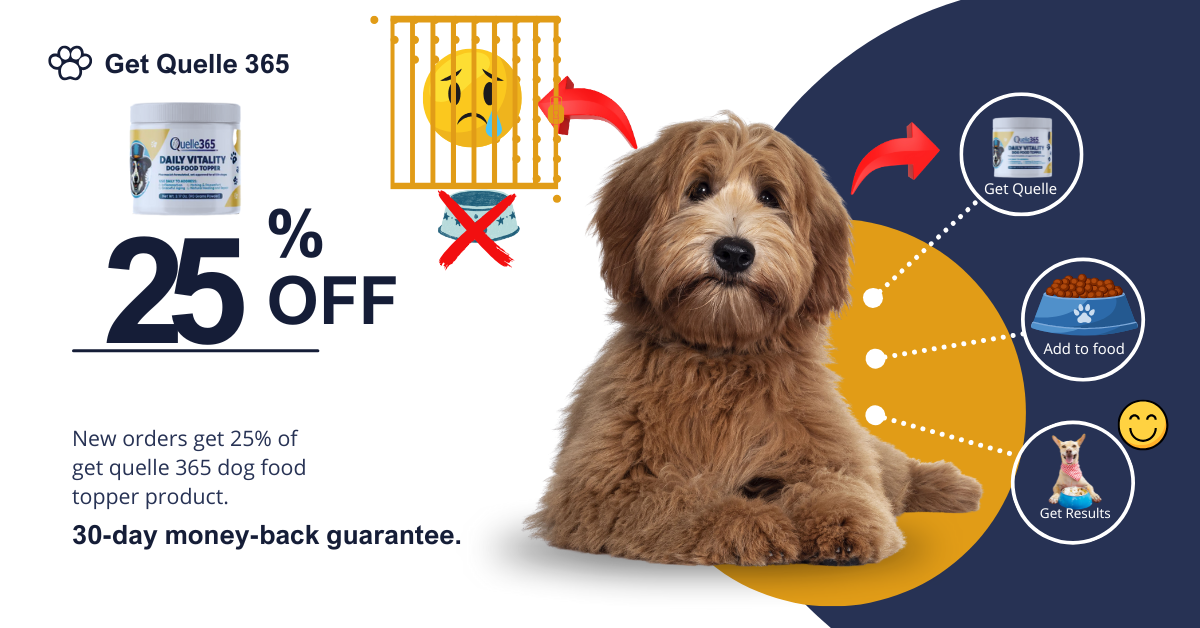What Is Fancy and Extra Fancy Food?
:max_bytes(150000):strip_icc():format(jpeg)/Fancy-Has-An-Actual-Legal-Definition-And-Its-Not-What-YouThink-FT-BLOG0425-3d0c410a16b0479999bd3d43d3d56d75.jpg)
Oh, so you think you’re “fancy?” Well, the United States Department of Agriculture (USDA) may have something to say about that.
The next time you’re in the produce section, look closely at those little labels and stickers. On some fruits and vegetables, you may spot the words “Fancy” or “Extra Fancy.” And no, they aren’t just put there for marketing purposes.
These words actually mean something to the USDA, and they can even inform your grocery shopping. Here’s what you need to know about those “fancy” labels and how they can help you find the best produce available.
What are USDA grades?
The USDA and its Agricultural Marketing Service (AMS) has voluntary grading services that can be used across a number of agricultural commodities, including fruits, vegetables, and nuts. As the USDA explains, these voluntary grade standards were first issued “under the authority of the Agricultural Marketing Act of 1946, which provides for the development of official U.S. grades to designate different levels of quality.”
The grades can be used by “producers, suppliers, buyers, and consumers. As in the case of other standards for grades of fresh and processed fruits, vegetables, and specialty crops, these standards are designed to facilitate orderly marketing by providing a convenient basis for buying and selling, for establishing quality control programs, and for determining loan values.”
These grades usually evaluate produce on both their external looks (like if they are bruised, misshapen, or have an unusual color) and non-visible characteristics like taste and smell, all with the goal of ensuring consistency by producers and for consumers.
What do “Fancy” and “Extra Fancy” mean?
“Fancy” and “Extra Fancy” may sound like buzzy advertising language, but these two labels really do have technical definitions — and they’re part of the voluntary grading system that the USDA uses to describe the qualities of fresh produce.
“U.S. Extra Fancy,” the USDA details, is reserved for the best of the best. For example, with apples, Extra Fancy is used for those that are “mature but not overripe, clean, fairly well formed, free from decay, internal browning, internal breakdown, soft scald, scab, freezing injury, visible water core, and broken skins.
The apples are also free from injury caused by bruises, brown surface discoloration, smooth net-like russeting, sunburn or sprayburn, limb rubs, hail, drought spots, scars, disease, insects, or other means.”
Essentially, these are the apples you really would show someone and say, “How do you like them apples?” with true delight.
“U.S. Fancy” on the other hand, is for those apples that are also mature but not overripe, clean, fairly well formed, and “free from decay, internal browning, internal breakdown, soft scald, freezing injury, visible water core, and broken skins.” They also do not have bruises or discoloration, but this designation does allow for “minor imperfections in color or shape.”
Similar definitions apply to oranges, peaches, blueberries, and pecans. The exact qualities that are required for different types of fruits and vegetables will of course differ some, but the crux of the definitions stays the same. An “Extra Fancy” piece of produce is pristine in every way, and “Fancy” comes close but may allow for some very minor, and very few, imperfections.
Have you ever noticed the word “Fancy” on a bottle of ketchup too? The USDA even has grade standards for condiments, and as the agency explains on its social media, “The term ‘Fancy’ was once an official label used as a U.S. grade for ketchup. Companies that had a product that met the U.S. Grade A could also use U.S. Fancy. However, the U.S. Fancy label is no longer in place for ketchup as a federally-inspected product. The term ‘Fancy’ is still used by industry to identify a higher grade level but is no longer a term that legally relates to the Federal standards for ketchup.”
Where can you spot these labels?
While produce must meet specific standards to have these designations, the labels are totally voluntary. Purveyors can opt in to them, but they’re not required to — this means you won’t spot them everywhere. However, you’re more likely to find them on bulk produce or in high-end and specialty grocery stores.
What this really means for you
For shoppers, these labels can help you pick out the best-looking fruits and veggies, which could be fantastic if you’re creating a tablescape or want to really show off with your fruit salad.
However, it’s important to remember that a slightly bruised apple still has the same nutritional value as a shiny one and will likely be just as tasty. So remember the old adage to not judge a book by its cover, and if you’re turning those apples into a pie, it really doesn’t matter which ones you buy.

:max_bytes(150000):strip_icc()/Fancy-Has-An-Actual-Legal-Definition-And-Its-Not-What-YouThink-FT-BLOG0425-3d0c410a16b0479999bd3d43d3d56d75.jpg)


:max_bytes(150000):strip_icc()/Hugo-Spritz-Pops-FT-BLOG0725-ea832885be354b42b7843d95420090b2.jpg)
:max_bytes(150000):strip_icc()/fw-david-chang-kitchen-appliances-for-small-kitchens-tout-f93282346bee45cbb423295d112b1f9b.jpg)
:max_bytes(150000):strip_icc()/Tomato-and-Cucumber-Salad-with-Fish-Sauce-Vinaigrette-FT-MAG-RECIPE-0725-01e542bb36bd44a9a8557df0ca50f5e0.jpg)
